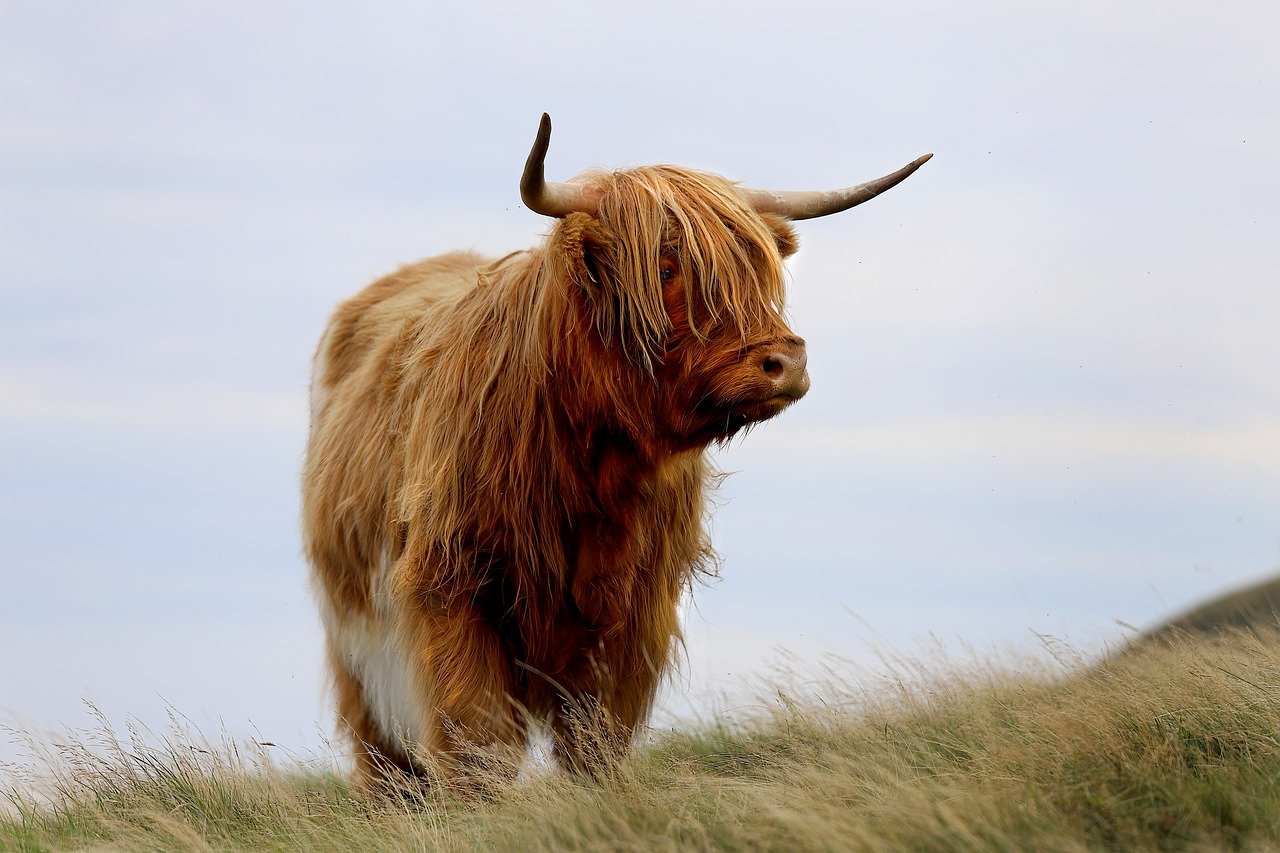Exploding Cows! A Methane Manic

Imagine a serene pasture suddenly turning into a bovine blast zone. While it sounds like something out of a comedy skit, exploding cows are no laughing matter—it’s a methane-fueled reality that sheds light on the dangers of greenhouse gas emissions and poor farming practices. Let’s chew the cud on this quirky phenomenon and unpack the science behind it.
Why Are Cows Exploding?
Cows are notorious gas machines. Thanks to their four-stomach digestive system, they produce methane—a potent greenhouse gas—as a byproduct of breaking down their fibrous meals. Most of this methane exits through burps, but here’s the kicker: it also builds up in their intestines.
In poorly ventilated barns or during health crises like bloat (when cows can’t release gas normally), methane levels can reach dangerous highs. Add a spark—say from an electrical fault or even static electricity—and you’ve got a recipe for an udderly chaotic explosion. The barn, the herd, and the farmer’s wallet all go up in smoke.
Mooing Into the Methane Crisis
Exploding cows might seem like the stuff of farmyard folklore, but the real crisis lies in the methane itself. Methane is 25 times more potent at trapping heat in the atmosphere than carbon dioxide, making cows a surprising yet significant contributor to climate change. Globally, livestock account for roughly 14.5% of all human-induced greenhouse gas emissions.
In short, your backyard burger is taking a bigger bite out of the environment than you’d think.
Fortunately, Solutions Exist
Don’t have a cow just yet—scientists and farmers are on the case. From special feed additives that reduce methane production to breeding cows that emit less gas, the agricultural world is pulling out all the stops to reduce emissions. Some farms are even capturing methane for use as biogas, turning a smelly problem into renewable energy.
The Takeaway
Exploding cows are the tip of the iceberg in the broader conversation about sustainable agriculture and climate change. While the phenomenon may seem far-fetched, it’s a stark reminder that methane, left unchecked, is no joke. So next time you dig into a juicy steak or sip on a creamy latte, spare a thought for the cows—and the climate.
Because if we don’t act soon, the only thing hotter than a methane-fueled blast might just be the Earth itself.
Now that’s food for thought!
Similar Post You May Like
-

CFCs, HFCs and their long, troubled history
At its peak, the ozone hole covered an area 7 times larger than the size of Europe, around 29.9 million km2, and was rapidly expanding
-

The Origin of Universe: Deciding point where it all began!
Let us unravel and surf through the ideas throughout ages to understand what the universe and its origin itself was to its inhabitants across history.
-

The Artemis Program
Inspired by the Greek goddess of the Moon, twin sister to Apollo, the artimis program was named on 14 May 2019 by Jim Bridenstine.






